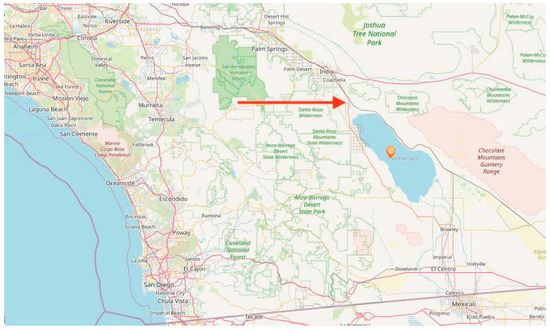2023-06-01 カリフォルニア大学リバーサイド校(UCR)
◆環境の影響を理解する介護者の声を取り上げ、公衆衛生政策の改善を提案しています。喘息や呼吸器疾患を持つ子供たちにとって、気候変動や大気の質の悪化による影響が懸念されています。この研究は、子供たちの健康への重要な影響を示し、将来の気候変動による健康問題への対策の必要性を訴えています。
<関連情報>
- https://news.ucr.edu/articles/2023/06/01/salton-sea-environment-detrimental-respiratory-health-local-children
- https://www.mdpi.com/1660-4601/20/11/6023
ラテン系およびメキシコ先住民の介護者が見た、子どもの喘息、呼吸器系の健康状態、および併発する健康状態に対するソルトン海の環境について Latinx and Indigenous Mexican Caregivers’ Perspectives of the Salton Sea Environment on Children’s Asthma, Respiratory Health, and Co-Presenting Health Conditions
Ann Marie Cheney,Gabriela Ortiz,Ashley Trinidad,Sophia Rodriguez,Ashley Moran,Andrea Gonzalez,Jaír Chavez and María Pozar
International Journal of Environmental Research and Public Health Published: 1 June 2023
DOI:https://doi.org/10.3390/ijerph20116023

Abstract
This research investigated Latinx and Indigenous Mexican caregivers’ perspectives of the Salton Sea’s environment (e.g., dust concentrations and other toxins) on child health conditions. The Salton Sea is a highly saline drying lakebed located in the Inland Southern California desert borderland region and is surrounded by agricultural fields. Children of Latinx and Indigenous Mexican immigrant families are especially vulnerable to the Salton Sea’s environmental impact on chronic health conditions due to their proximity to the Salton Sea and structural vulnerability. From September 2020 to February 2021, we conducted semi-structured interviews and focus groups with a total of 36 Latinx and Indigenous Mexican caregivers of children with asthma or respiratory distress living along the Salton Sea. A community investigator trained in qualitative research conducted interviews in Spanish or Purépecha, an indigenous language spoken by immigrants from Michoacán, Mexico. Template and matrix analysis was used to identify themes and patterns across interviews and focus groups. Participants characterized the Salton Sea’s environment as toxic, marked by exposure to sulfuric smells, dust storms, chemicals, and fires, all of which contribute to children’s chronic health conditions (e.g., respiratory illnesses such as asthma, bronchitis, and pneumonia, co-presenting with allergies and nosebleeds). The findings have important environmental public health significance for structurally vulnerable child populations in the United States and globally.


